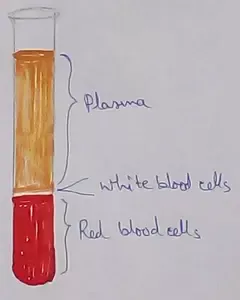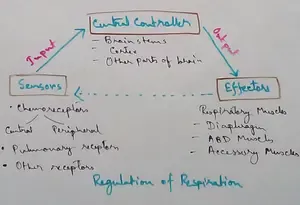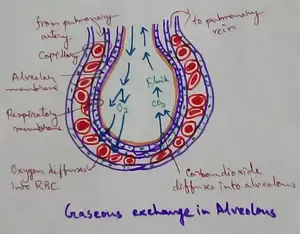Worksheet on Our Universe
Worksheet on our universe contains various types of questions on the sky and the heavenly bodies. We know the sun, the nine planets and their moons belong to the solar system.
I. Write whether the statements are true or false:
(i) The sun has nine satellites.
(ii) The Saturn is the largest planet.
(iii) All the planets have natural satellites.
(iv) The planet nearest to the sun is the Mercury.
(v) The Venus has no satellite.
II. Mark a tick (√)
or cross (X) against each given statement:
(i) Earth is the biggest planet.
(ii) Venus is our closest neighbour.
(iii) Without the Sun there would be no life on Earth.
(iv) Earth is the smallest planet in our solar system.
(v) All stars appear as tiny points of light in the night sky.
III. Choose the correct answer and fill in the blanks:
(i) Sun is a _________. (star, planet)
(ii) When volcanoes erupt, _________ flows out and hardens to form rocks. (lava, water)
(iii) The core of the Earth is made up of _________ metals. (solid, molten)
(iv) _________ is the largest planet. (Jupiter, Saturn)
(v) Seasons are caused by the _________ of the Earth. (rotation, revolution)
IV. Name the following in our solar system:
(i) The planet closest to the Sun _________
(ii) The planet farthest from the Sun _________
(iii) The red planet _________
(iv) The morning star _________
(v) The planet with the largest number of moons _________
Answers for the worksheet on our universe are given below.
Answers:
I. (i) true
(ii) false
(iii) false
(iv) true
(v) true
II. (i) X
(ii) √
(iii) √
(iv) X
(v) √
III. (i) star
(ii) lava
(iii) molten
(iv) Jupiter
(v) revolution
IV. (i) Mercury
(ii) Pluto
(iii) Mars
(iv) Venus
(v) Jupiter
From Worksheet on Our Universe to HOME PAGE
Recent Articles
-
What Is Plasma? | Blood Plasma | Proteins | Nutrients | Cholesterol
Nov 07, 25 10:29 AM
Blood is a mobile fluid which is a connective tissue and is derived from the mesoderm like cell any other connective tissue. Colour of blood is reddish and that flows inside the blood vessels by means… -
Disorders of Respiratory System | Tuberculosis | Pleurisy | Emphysema
Oct 28, 25 11:39 PM
Tuberculosis is very common disease and is caused by a type of bacteria called Mycobacterium tuberculosis. This disease causes different trouble in the respiration and infection of several parts of th… -
Regulation of Respiration | Respiratory Centres | Inspiratory Area |
Oct 14, 25 12:13 AM
Respiratory Centre is the area that controls the rate of respiration and it is observed to be located in medulla oblongata and pons. Respiratory Centre has the following will dispersed components like… -
Explain Transport of Gases | External Respiration | Tissue Respiration
Oct 09, 25 11:35 PM
In humans gaseous exchange is completed in the following ways the steps are - External Respiration or Breathing - Breathing in false taking in of Oxygen and giving out of carbon dioxide in the body. M… -
Kind and Number of Teeth | Location of Teeth in Mouth | Care of Teeth
Sep 11, 25 12:52 AM
Kind and Number of Teeth





New! Comments
Have your say about what you just read! Leave me a comment in the box below.